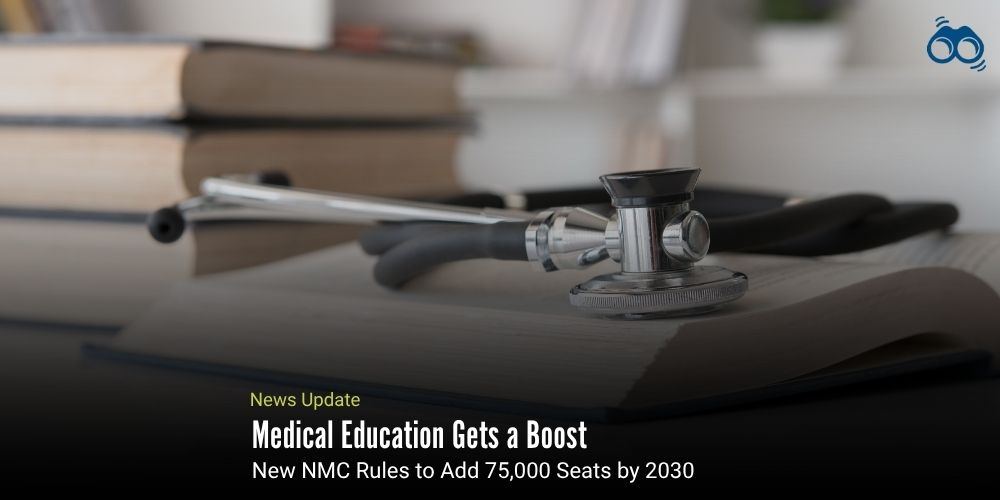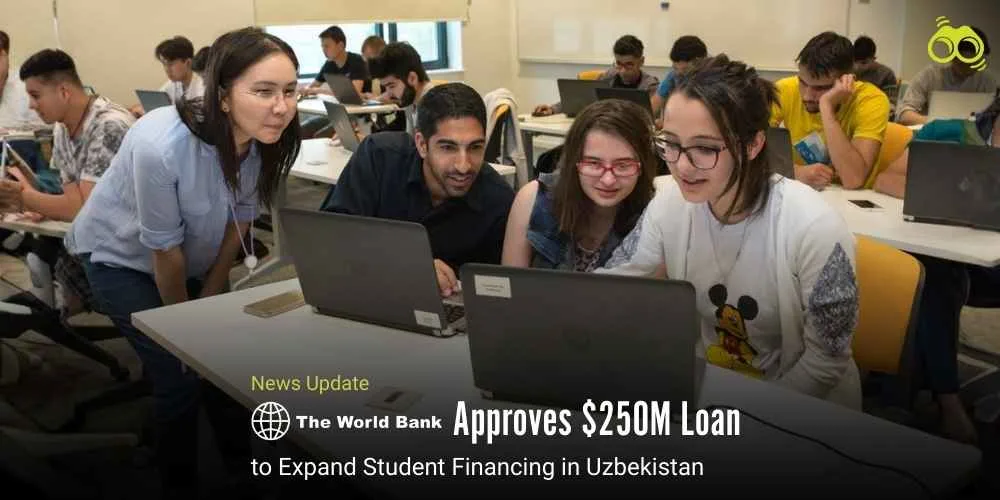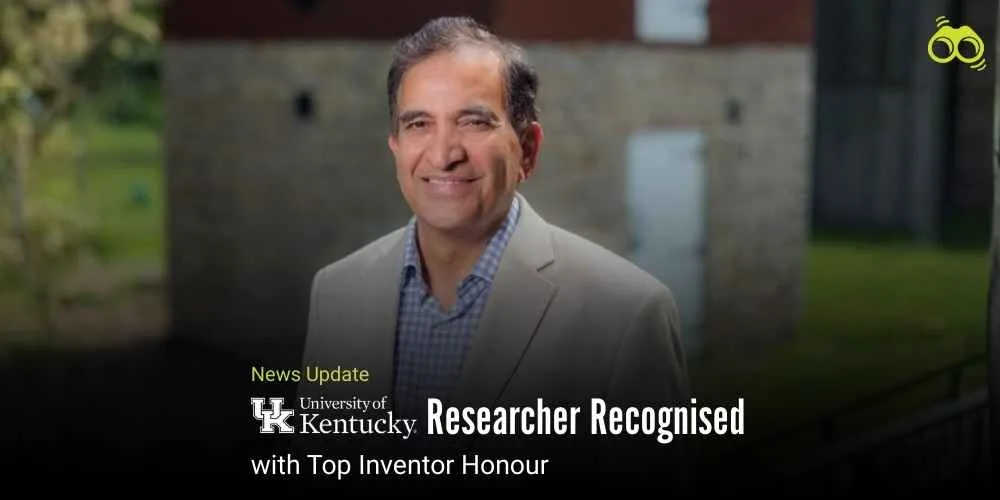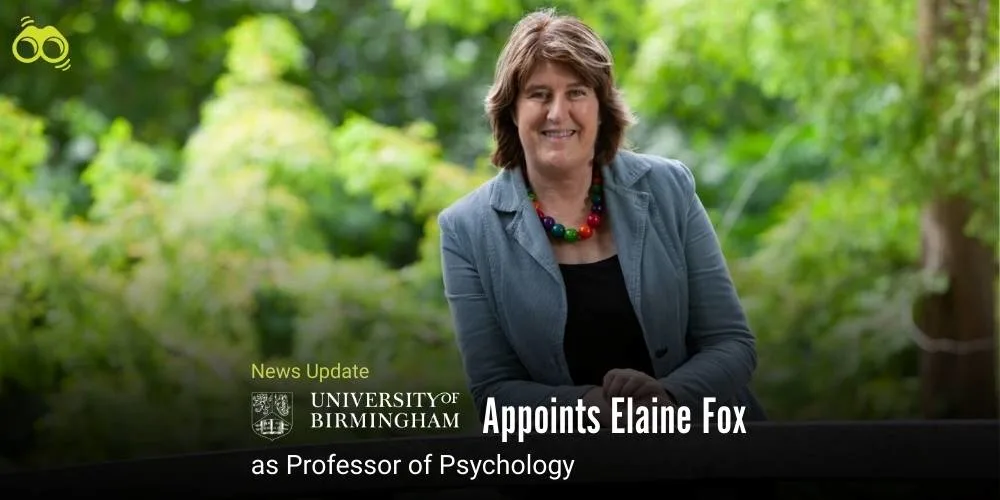Medical Education Overhaul Targets 75,000 New Seats by 2030
New Rules Empower Government Doctors to Join Medical Academia
The healthcare sector serves as the backbone of any nation, and in India, the demand for accessible and efficient healthcare delivery is rising at an unprecedented pace. Consequently, there exists an urgent imperative to strengthen the country’s medical education system so as to respond effectively to this escalating need.
At present, India is grappling with a pronounced shortage of healthcare professionals. The doctor-to-patient ratio currently stands at 1:1,500, while the nurse-to-population ratio is merely 1.7 per 1,000, both figures falling significantly below the World Health Organisation’s recommended standards. Furthermore, projections indicate that the demand for trained medical personnel is likely to double by 2030, thereby placing additional strain on the existing healthcare infrastructure.
In view of these challenges, regulatory authorities have undertaken decisive reforms to broaden faculty eligibility across medical institutions. Acknowledging the pivotal role that well-qualified educators play in shaping the nation’s healthcare workforce, the Post Graduate Medical Education Board (PGMEB), operating under the National Medical Commission (NMC), has introduced a new set of regulatory provisions. Under the newly announced guidelines, consultants or specialists in government hospitals who hold a postgraduate medical degree and possess at least ten years of experience are now eligible for appointment as associate professors. Likewise, those with a minimum of two years’ experience may be designated as assistant professors without the requirement of senior residency, provided they complete a basic biomedical research course within two years of their appointment.
According to officials, these reforms are intended to enlarge the pool of eligible faculty and further the government’s initiative to add 75,000 MBBS and MD/MS seats over the next five years. Notably, the revised norms also permit non-teaching government hospitals with more than 220 beds to be designated as teaching institutions. This marks a shift from the 2022 guidelines, which mandated that only 330-bed hospitals converted into medical colleges would qualify. Moreover, the updated regulations allow postgraduate medical courses to commence with just two faculty members and two student seats, in contrast to the earlier stipulation requiring three faculty members and a senior resident. Bed requirements per unit have also been recalibrated across various specialisations.
Additionally, senior consultants with at least three years of teaching experience at NBEMS-recognised government institutions are now eligible for professor posts. Diploma holders with six years of relevant departmental experience, or those who have served within NBEMS-accredited programmes, may now be considered for assistant professor roles. Importantly, up to five years of service in institutions such as the NMC, universities, state medical councils, or government medical research bodies shall be recognised as valid teaching experience. The updated framework also permits newly established government medical colleges to launch both undergraduate and postgraduate programmes concurrently, thereby accelerating the training pipeline for healthcare professionals and faculty.
Further reforms include the raising of the upper age limit for senior residents in pre-clinical and para-clinical subjects to 50 years. Experience gained as a tutor or demonstrator by individuals holding postgraduate qualifications will now count towards eligibility for appointment as assistant professors. The Commission has underscored that these changes signify a substantial policy transition, placing greater emphasis on academic merit, teaching experience, and competency rather than rigid service conditions. By tapping into underutilised talent within the public health sector, these reforms are designed to enhance faculty availability and expand the reach of medical education, particularly in underserved regions. In essence, the 2025 reforms represent a strategic and inclusive effort to bridge critical healthcare gaps by transforming India’s medical education landscape.
Editor’s Note:
With an increasing population and rising health needs, India is facing a serious shortage of doctors, nurses and trained medical staff. The recent changes introduced by the National Medical Commission (NMC) through the Medical Institutions (Qualifications of Faculty) Regulations, 2025, are a timely and much-needed step in the right direction. These reforms are essential because they aim to increase the number of qualified teachers in medical colleges. By allowing experienced government doctors to become faculty members, even without traditional teaching backgrounds, the system can tap into a large pool of skilled professionals who were previously left out. This helps speed up the training of new doctors and specialists, especially in areas where medical colleges are still developing. The new rules also make it easier to start postgraduate courses with fewer faculty and allow smaller hospitals to become teaching institutions. These changes are designed to expand access to medical education and bring more healthcare services to rural and underserved regions. However, while these steps are promising, they are not a complete solution. India still needs stronger infrastructure, better working conditions for healthcare workers, and more investment in public health.
According to Skoobuzz, these reforms are a strong foundation, but they must be followed by continued efforts to build a fair, accessible, and high-quality healthcare system for all.














0 Comments (Please Login To Continue)